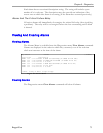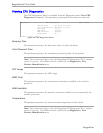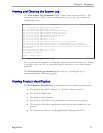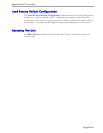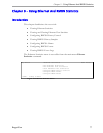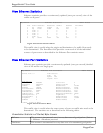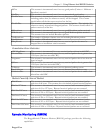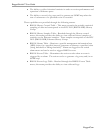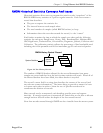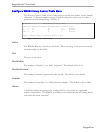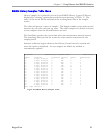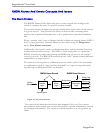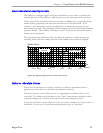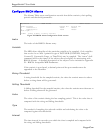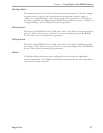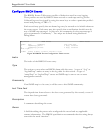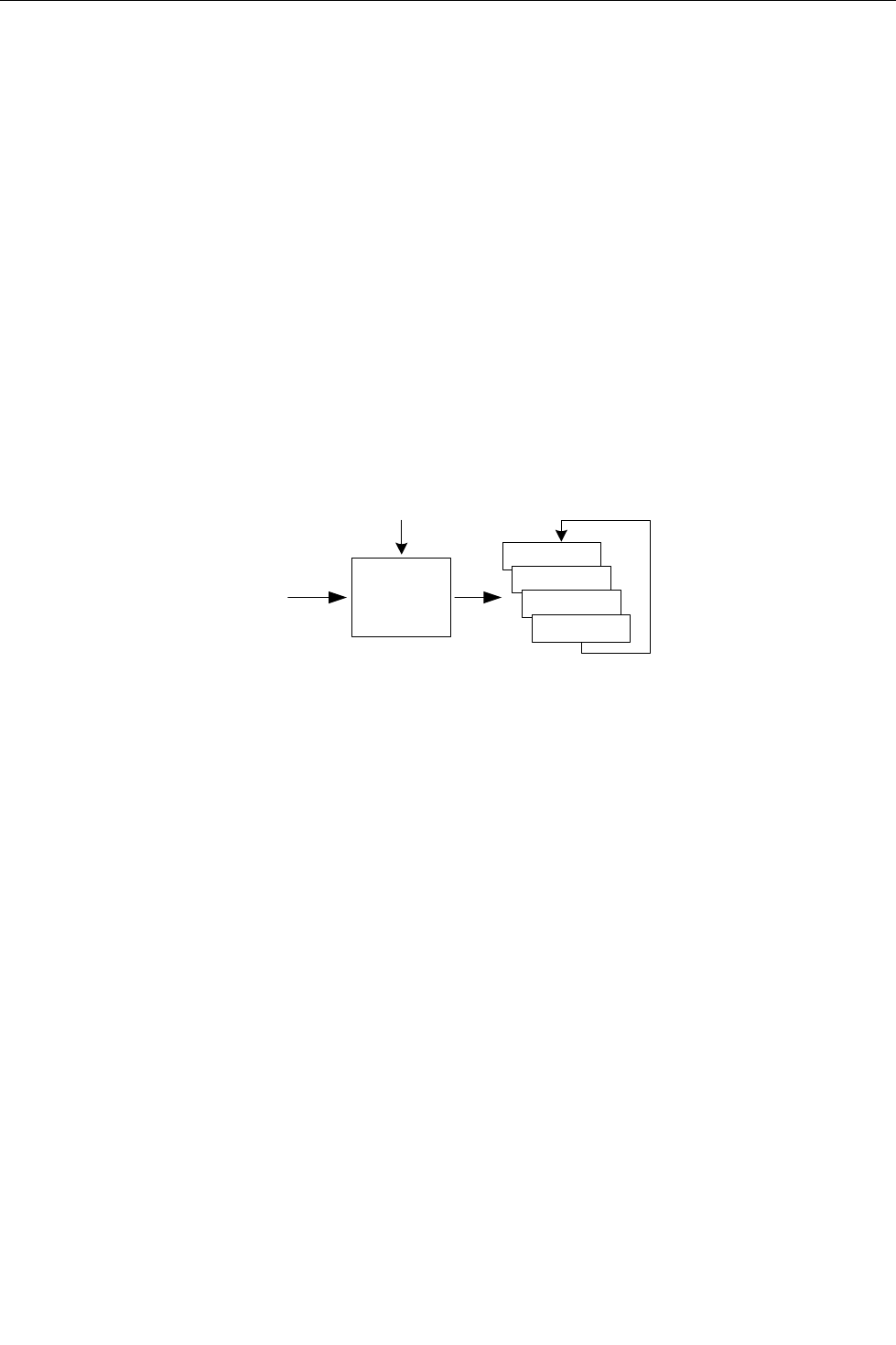
Chapter 9 - Using Ethernet And RMON Statistics
RMON Historical Statistics Concepts And Issues
Historical statistics allow users to program the switch to take “snapshots” of the
RMON-MIB history statistics of a port at regular intervals. Each user creates a
record that describes:
• The port to capture the statistics for
• The interval between each sample taken
• The total number of samples (called RMON buckets) to keep
• Information about the user that created the record, i.e. the “owner”
Each bucket contains the time at which the sample was taken and the following
statistics for each port: DropEvents, Octets, Pkts, BroadcastPkts, MulticastPkts,
CRCAlignErrors, UndersizePkts, OversizePkts, Fragments, Jabbers, Collisions and
Utilization. The utilization statistic reflects the percentage of line bandwidth used
including the 64-bit preamble and 96-bit interframe gap of each received packet.
System Statistics
RMON History Control Record
Interval
Capture
Bucket
Bucket
Bucket
Bucket
Figure 54: The History Process
The number of RMON buckets allotted for the record determines how many
samples are stored and thus how far back in time statistics will reach. When all of
the allotted buckets have been filled, the oldest bucket is recycled.
The record’s owner field is a string that describes the creator of the record (and
any relevant contact information). The intent being to provide a means for users
to contact each other in order to share the use of specific records and to
coordinate the deletion of records.
Many records can be constructed, each detailing specific ports and capture
intervals. If enough records are constructed the switch may not be able to allocate
enough buckets and will reduce the depth of the last entered record.
Note that records entered through SNMP are also viewable from the menu system.
RuggedCom
81



